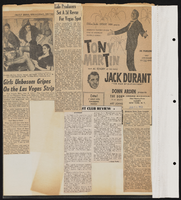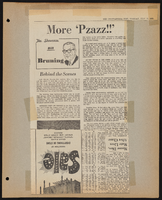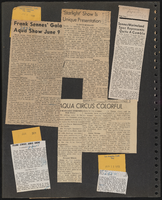Search the Special Collections and Archives Portal
Search Results
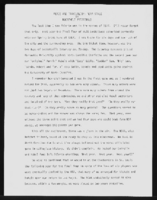
"Peace and Tranquility: NCAA Style": article draft by Roosevelt Fitzgerald
Date
1990 (year approximate) to 1992 (year approximate)
Archival Collection
Description
From the Roosevelt Fitzgerald Professional Papers (MS-01082) -- Drafts for the Las Vegas Sentinel Voice file. On Black Runnin' Rebels Augmon, Johnson, Hunt, Young, Scurry etc.
Text
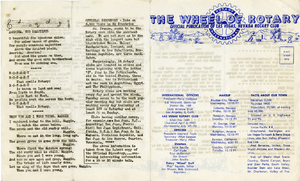
The Wheel of Rotary Las Vegas Rotary Club newsletter, August 25, 1949
Date
1949-08-25
Archival Collection
Description
Newsletter issued by the Las Vegas Rotary Club
Text
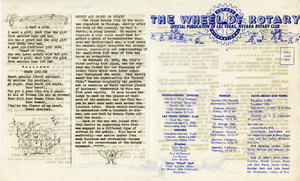
The Wheel of Rotary Las Vegas Rotary Club newsletter, October 13, 1949
Date
1949-10-13
Archival Collection
Description
Newsletter issued by the Las Vegas Rotary Club
Text
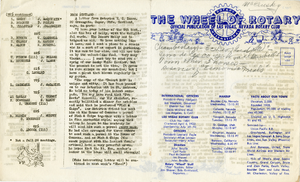
The Wheel of Rotary Las Vegas Rotary Club newsletter, January 5, 1950
Date
1950-01-05
Archival Collection
Description
Newsletter issued by the Las Vegas Rotary Club
Text
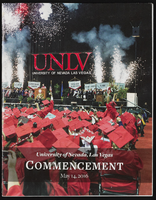
University of Nevada, Las Vegas (UNLV) Spring 2016 commencement program
Date
2016-05-14
Archival Collection
Description
Commencement program from University of Nevada, Las Vegas Commencement Programs and Graduation Lists (UA-00115).
Text
Pagination
Refine my results
Content Type
Creator or Contributor
Subject
Archival Collection
Digital Project
Resource Type
Year
Material Type
Place
Language
Records Classification

